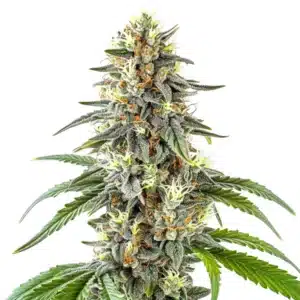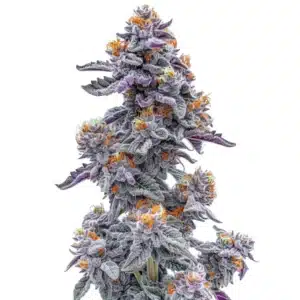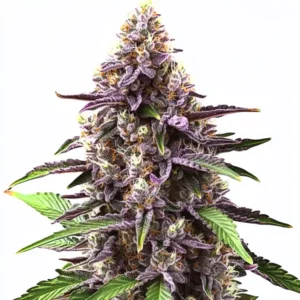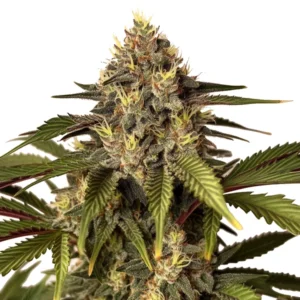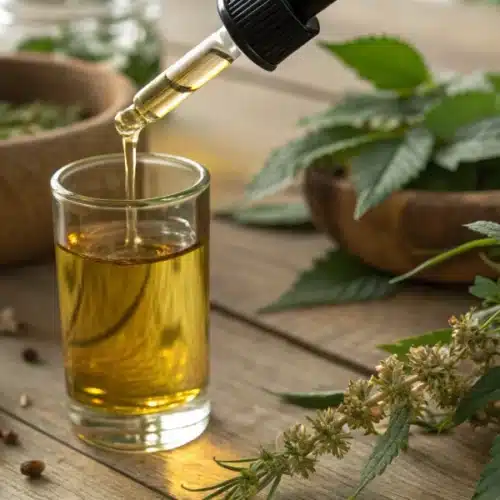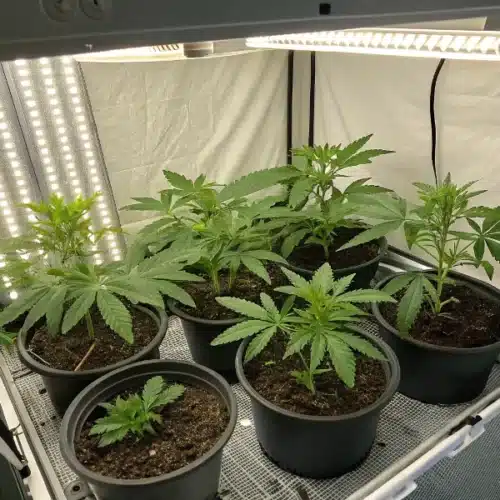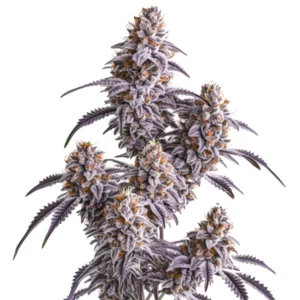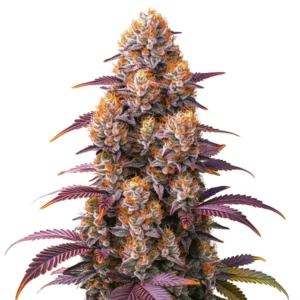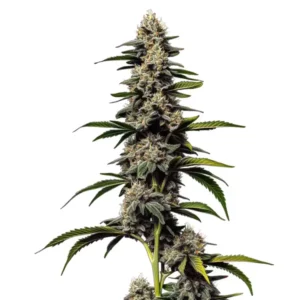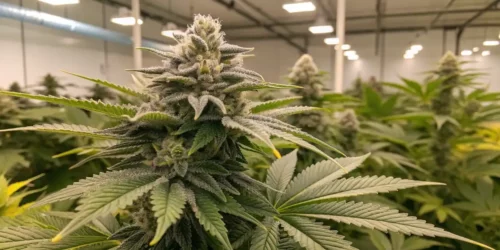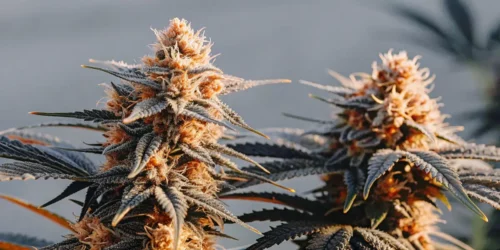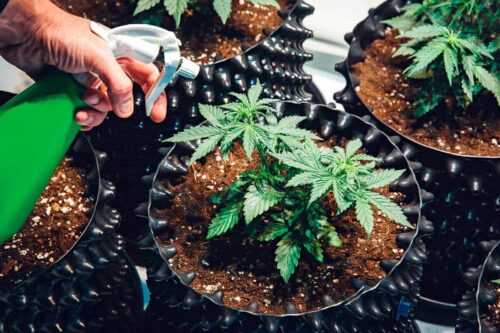Selecting the best marijuana grow lights isn’t just about picking the most expensive or popular brand. It’s about understanding your specific needs—like the size of your grow space, the number of plants, and your budget. Each grower’s situation is unique, and therefore, the best light for one setup might not be ideal for another. Taking the time to assess your requirements will save you money and ensure your plants receive the optimal light for their growth stages.
Additionally, consider the long-term investment. While some lights may seem more expensive upfront, their energy efficiency and durability can lead to savings over time. LEDs, for example, are initially pricier than other options like HIDs, but they consume less electricity and have a longer lifespan. This means fewer replacements and lower utility bills, making them a cost-effective option in the long run.
The Importance of Picking the Right Grow Light
Lighting is the engine of growth for your marijuana plants. Without the right intensity and spectrum, your plants can suffer from stunted growth, reduced yields, or even stress-related issues like nutrient deficiencies. The right grow light mimics natural sunlight, enabling your plants to photosynthesize efficiently, which is essential for converting light into the energy needed for growth and flowering.
Moreover, the quality of light can influence the potency and flavor of your buds. Full-spectrum lights, for instance, provide a balanced range of wavelengths that are beneficial throughout the plant’s life cycle. This not only enhances growth but also improves the overall quality of your harvest, resulting in more potent and flavorful buds that are rich in cannabinoids and terpenes.

Promos & Deals
Types of Grow Lights for Marijuana Cultivation
LED grow lights have become a favorite among indoor cannabis growers, and for good reason. They offer a customizable light spectrum, allowing you to fine-tune the light for different growth stages. This adaptability means that you can use the same set of lights throughout the entire growth cycle, from seedling to harvest. Additionally, LEDs emit significantly less heat compared to HID lights, reducing the risk of heat stress and allowing you to place the lights closer to the plants, which can enhance light penetration and boost growth.
HID lights, despite their higher energy consumption, remain popular due to their proven effectiveness. Many experienced growers appreciate the intense light they produce, which can lead to larger yields when managed correctly. However, the heat generated by HID lights requires careful monitoring. Without proper ventilation and cooling systems, you risk overheating your plants, which can lead to problems like wilting or nutrient burn. Fluorescent lights, on the other hand, are more forgiving and easier to manage, making them a great choice for beginners or those with smaller grow spaces.
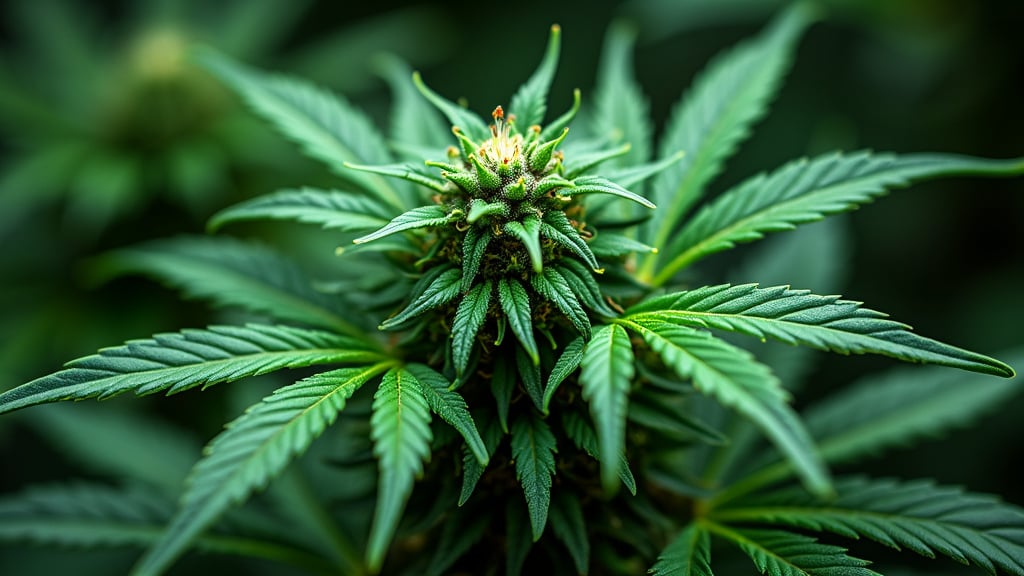
Essential Features to Consider in Grow Lights
The spectrum of light provided by your grow lights is critical. Marijuana plants require different wavelengths of light at different stages of growth. During the vegetative stage, blue light is more beneficial as it encourages strong leaf and stem development. As the plant moves into the flowering stage, red light becomes more important, promoting the development of buds. Some advanced LED systems allow you to adjust the spectrum according to the plant’s growth stage, offering greater control and potentially better yields.
Another important factor is the light’s intensity and its coverage area. The intensity should be sufficient to penetrate the plant canopy and reach the lower leaves, ensuring that all parts of the plant receive enough light. The coverage area should match your grow space dimensions; otherwise, you may end up with uneven growth. Reflective materials like Mylar can help maximize the efficiency of your lights by reflecting light back onto the plants, reducing waste and ensuring that every part of your grow area is well-lit..
Getting the Most Out of Your Grow Lights
Placement of grow lights can make a significant difference in the overall health and yield of your plants. If lights are placed too close, they can cause light burn, where the leaves closest to the light become bleached and damaged. Conversely, if lights are too far away, the lower parts of the plants may not receive enough light, leading to uneven growth and reduced yields. Using adjustable hangers can help you maintain the optimal distance as your plants grow.
Regular maintenance of your grow lights is also essential. Dust and debris can accumulate on the lights and reduce their effectiveness. Cleaning your lights regularly ensures that they operate at peak efficiency, providing the maximum amount of light to your plants. Additionally, monitor the lights for any signs of wear or malfunction, as a sudden failure can disrupt your grow cycle and harm your plants.
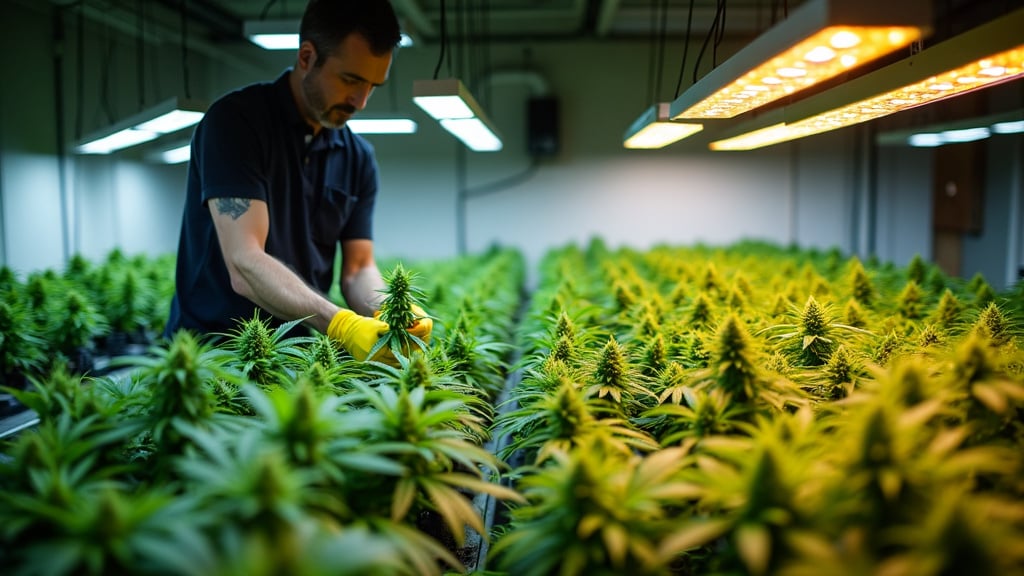
Avoiding Pitfalls When Using Grow Lights
One of the biggest challenges new growers face is overestimating the amount of light their plants need. While it might seem that more light would lead to faster growth, too much light can actually cause harm. Plants can suffer from light stress, which manifests as yellowing or burnt leaves, especially at the top of the canopy. Monitoring the signs your plants are giving can help you adjust light intensity and placement to avoid these issues.
Another common mistake is failing to properly manage the heat generated by grow lights. Excess heat can dry out your plants, leading to wilting and nutrient deficiencies. In extreme cases, it can cause irreversible damage to the plant tissue. Ensuring that your grow room is well-ventilated and that the temperature is consistently monitored can prevent these problems and create a more stable environment for your plants to thrive.
FAQs About Grow Lights for Marijuana
How close should grow lights be to marijuana plants?
The ideal distance between grow lights and marijuana plants depends largely on the type of light being used. For LED grow lights, the recommended distance is typically between 18-24 inches from the plant canopy. This range ensures that the plants receive sufficient light without the risk of light burn, where leaves can become bleached or damaged from excessive light exposure. LEDs emit less heat compared to HID lights, so they can be placed closer without the risk of overheating the plants.
For HID lights, which include High-Pressure Sodium (HPS) and Metal Halide (MH) lights, the distance should be greater due to the higher heat output. Generally, HPS lights should be placed about 24-36 inches away from the canopy, and MH lights can be positioned slightly closer, around 18-24 inches, depending on the wattage. It’s important to adjust the distance as your plants grow to avoid both light burn and insufficient light reaching the lower parts of the plants. Regularly check the temperature at the canopy level and monitor your plants for signs of light stress, adjusting the light height accordingly.
What light spectrum is best for marijuana?
A full-spectrum light is generally considered the best for growing marijuana, as it provides a range of wavelengths that are beneficial throughout the plant’s life cycle. During the vegetative stage, blue light (around 400-500 nm) is essential for promoting healthy leaf and stem development. Blue light helps the plant stay compact and supports robust structural growth, which is crucial for supporting heavy buds later on.
As the plant transitions to the flowering stage, red light (around 620-780 nm) becomes more important. Red light encourages the production of buds and flowers, contributing to a higher yield. Some advanced LED grow lights allow growers to adjust the spectrum, increasing blue light during the vegetative stage and red light during flowering. Additionally, incorporating far-red (around 700-780 nm) and UV light can further enhance flowering and potentially increase the potency of the buds by promoting the production of cannabinoids and terpenes.
Can I combine different types of grow lights?
Yes, combining different types of grow lights can be an effective strategy to optimize the light spectrum and intensity for marijuana cultivation. For example, using both LED and HID lights can provide a balanced spectrum and intensity. LEDs are great for energy efficiency and full-spectrum light, which supports all stages of growth. On the other hand, HID lights, such as HPS, offer high-intensity red light, which is particularly beneficial during the flowering stage.
Mixing these lights allows you to leverage the strengths of each type. During the vegetative stage, you might rely more on the LEDs for their blue spectrum and energy efficiency. As your plants enter the flowering stage, adding HPS lights can boost the red spectrum and increase light intensity, which can help to maximize bud production. However, it’s important to manage the heat output from HID lights carefully, ensuring your grow space remains well-ventilated to prevent heat stress.
How much does it cost to run grow lights?
The cost of running grow lights depends on several factors, including the type of light, the wattage, the duration they are on each day, and your local electricity rates. LED grow lights are the most energy-efficient option, often consuming 40-60% less electricity compared to HID lights. For example, a 600-watt LED may consume approximately 300 watts while delivering the same light intensity as a 600-watt HID.
Is it necessary to use a timer with grow lights?
Yes, using a timer with grow lights is highly recommended for maintaining consistent light cycles, which are crucial for the healthy growth of marijuana plants. A timer automates the process of turning lights on and off, ensuring that your plants receive the right amount of light each day. During the vegetative stage, marijuana plants typically require 18-24 hours of light, while in the flowering stage, they need 12 hours of light and 12 hours of darkness to trigger bud development.
Without a timer, it would be challenging to maintain the precise light schedules that marijuana plants need to thrive. Inconsistent light exposure can stress the plants and disrupt their growth cycles, potentially reducing yields or causing other growth issues. Timers are a simple and affordable tool that not only helps in maintaining a regular light schedule but also frees you from the hassle of manually switching lights on and off each day, making your grow operation more efficient.

